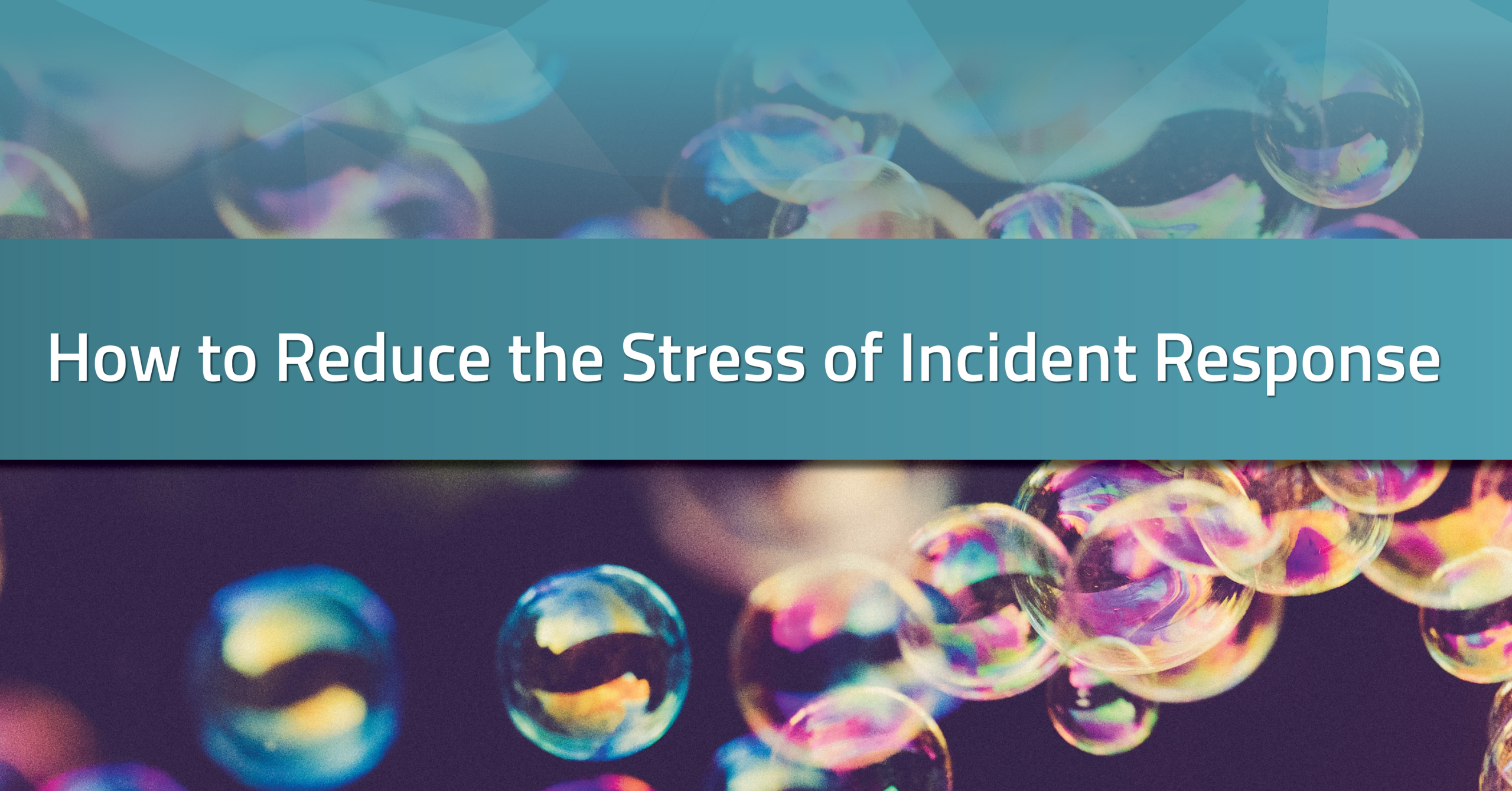- Questions to ask of your current process
- 3 foundations of being an incident response superstar
- The relief of automation
Read more below.

Automation in privacy incident response ensures consistency, eliminating the subjectivity inherent in the manual approaches around risk assessments, notification, and compliance obligations. Enter Radar. Radar is an intelligent incident response management platform that leverages automation to streamline compliance with data breach notification regulations.
For organizations in need of consistent, repeatable risk assessment, it’s important to evaluate your incident response management and consider what your current manual processes or software solution provides. To identify areas needing improvement in your process, ask the following:
- Does it offer consistent incident assessment and breach notification guidance?
- Can it perform multi-factor risk assessments that meet global regulatory standards?
- If it’s a technology solution, does it provide workflows that can automate and manage regulatory, contractual, and third-party vendor obligations?
- If you’re using existing technology, is it flexible, scalable, and configurable, with out-of-the-box flexibility and user customization?
- Is it intuitive and easy-to-use?
- Can it be used by sophisticated and novice users alike with a high level of user confidence and satisfaction?
- If it’s a technology solution, is it updating with frequent regulatory changes in real-time?
- Is it secure? Does it follow best practices and industry standards for application, network, and infrastructure security?
- Does the technology interoperate with other systems to enable easy integration and exchange of data with other systems within your environment, including GRC, SIEM, and incident ticketing systems?
- Does it have a flexible reporting framework that enables reports and allows the data to be exported?
- What about support? Does it have proven support metrics, including on-boarding, training, and ongoing issue resolution?
How to Be an Incident Response Superstar
When it comes to incident risk assessment, a one-size-fits-all approach doesn’t work, especially with the myriad of different breach laws. Often, the biggest challenges to effective risk assessment are staying up-to-date with data breach notification requirements, learning the changing definitions of personal information, and applying regulation effective dates into your risk assessment.
But effective risk assessment is only one step of the privacy incident response process. You can be an incident response superstar if you and your team can effectively:
- Reduce risk by eliminating subjectivity with consistent incident risk scoring and an intelligent law engine that provides accurate data breach notification recommendations.
- Save time and cost by cutting your team’s effort in half with defensible breach notification recommendations based on state, federal, and global data breach notification regulations.
- Build trust by making accurate notification decisions every time and demonstrate a strong culture of compliance to protect your brand from reputational risk.
Through consistent, automated risk assessment, privacy teams can make defensible decisions and effectively report their incident response metrics to relevant Board members and stakeholders.
 “I saw firsthand the very real stakes of poor privacy incident response. I knew the challenges to privacy professionals who were already overextended and stretched thin in a role that is high stress…without the benefit of automation and tools designed specifically to address the unique challenges of privacy incident response,” stated Mahmood Sher-Jan, CEO and founder of Radar First. Read about how to be more efficient when it comes to privacy incident response and how to speed up your timeline from detection to investigation to escalation.
“I saw firsthand the very real stakes of poor privacy incident response. I knew the challenges to privacy professionals who were already overextended and stretched thin in a role that is high stress…without the benefit of automation and tools designed specifically to address the unique challenges of privacy incident response,” stated Mahmood Sher-Jan, CEO and founder of Radar First. Read about how to be more efficient when it comes to privacy incident response and how to speed up your timeline from detection to investigation to escalation.
Radar, Take Me Away
“Calgon, take me away.” This became the catchphrase for stressed-out people, from the popular Calgon bubble bath commercial in the late 1970s. Radar is not bubble bath, but it does reduce the stress of privacy incident management by automating and systemizing all of the phases of incident response management, including intake and escalation, risk assessment, notification, reporting, and analysis. Learn more about how to cut your incident response efforts — and your stress — in half.

